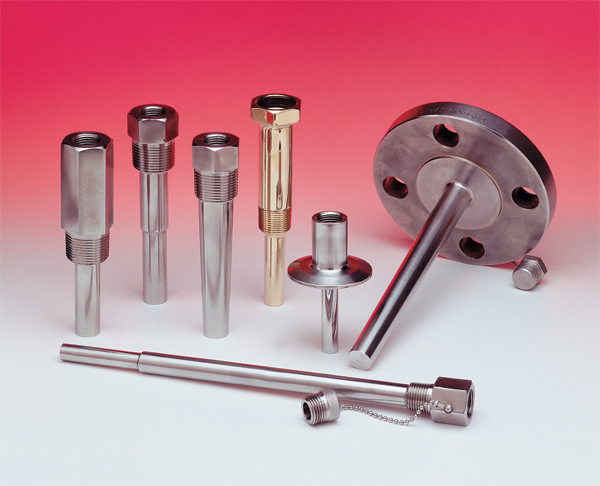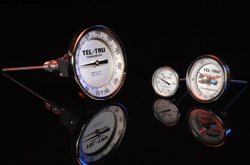|
Material
Corrosion resistance and strength are the primary considerations. It is generally a good idea to consult a material selection guide such as the one on page 6 of the Tel-Tru Thermowell brochure.
Connection
You should select your connection based on the type of system you use. Threaded wells are ideal for most industrial applications where removability is required. Flanged wells are required for applications such as food and beverage manufacturing. Socket Weld wells are welded in place for the best strength and durability.
Insertion Length
The primary concern with insertion length is accuracy. Ensure the most sensitive portion of the thermometer or sensor is immersed far enough into the system. Keep in mind that a medium that is still will be inherently less consistent than a medium that is flowing.
Bore Size
Be sure the diameter of the bore matches the type of thermometer you intend to use. There are several standard sizes, and the same thermowell can be used for Bimetal, RTD and thermocouple type thermometers.
Straight or Tapered Shank
The straight shank is a cost-efficient option for general, low velocity applications. However when higher velocity applications become a concern, upgrading to a tapered shank is recommended. These designs offer superior strength, with no loss of sensitivity.
For additional product specifications, contact us.
A printable PDF version of this material is also available, click here.
|



